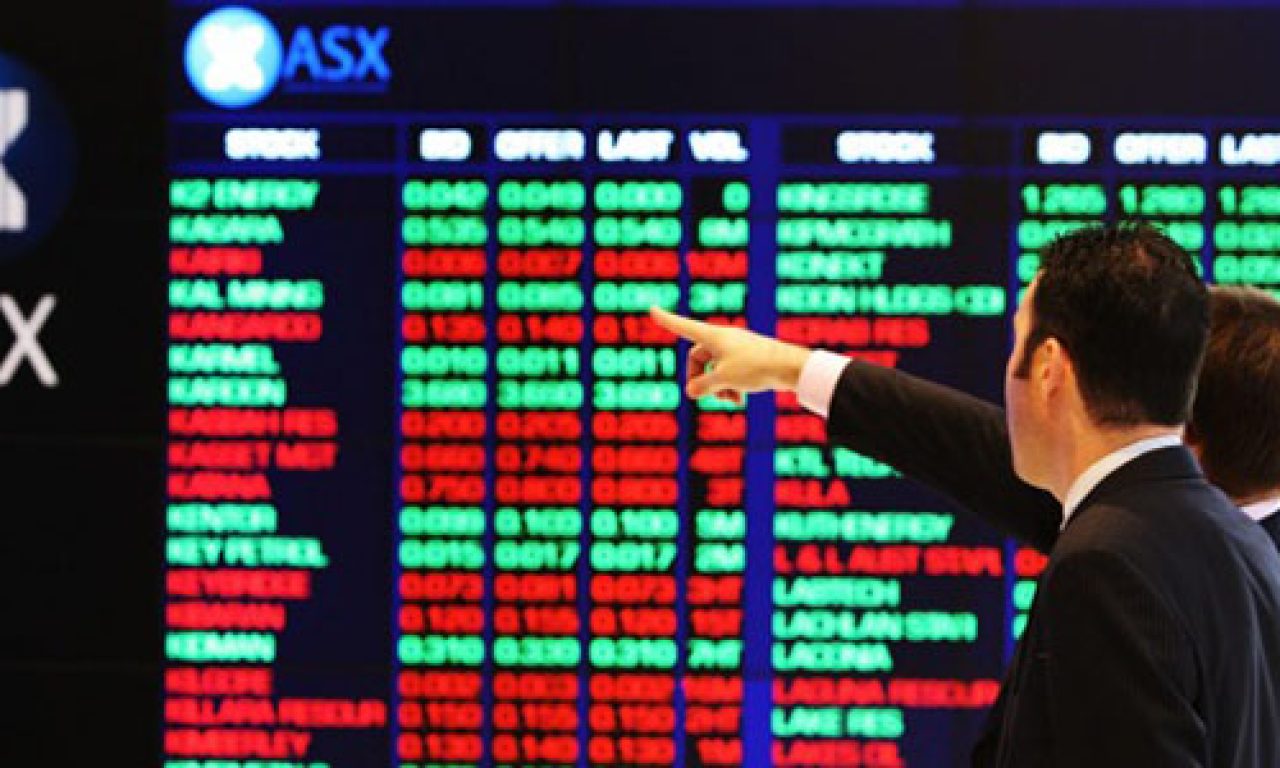The Australian share market and ASX200 (ASX: XJO) finished the week down 0.2%, with the renewed confidence following the extension of the JobKeeper program offset by China’s growing combativeness and weakness in the US technology sector.
The IT sector was again the strongest, adding 1.9%, with e-commerce focused consumer discretionary companies adding 1.2%; it very much remains a company-specific market.
Confession season continued with QBE Insurance Group Ltd (ASX: QBE) finishing up 11% despite announcing weaker than expected profits. After months of outperformance the NASDAQ, -1.5%, underperformed the S&P500 which fell just 0.3% for the week. The primary driver was an unexpected announcement from chipmaker Intel Corp. (NASDAQ: INTC) that they would stop producing their own chips, the share price fell 16.5% dragging the market down with it.
Despite increasing rhetoric and a tit-for-tat with the US Chinese imports from Australia surged 7% in June and now represent 39% of all exports; clearly a growing risk for the economy but a boon for the Federal Budget.
Death by a thousand cuts
As highlighted during the week, my view remains that insurance companies should be avoided at all costs. The unique combination of unexpected claims, natural disasters and the reliance on generating returns from their premiums simply introduces too much uncertainty.
It was Insurance Australia Group Ltd.’s (ASX: IAG) turn to disappoint on Friday, management announcing a dividend would not be paid in the sector half, along with $100 million in provisions for more claims and a $600 million reduction in profit; the stock fell 7.8% for the day. Second-tier Bank of Queensland Ltd (ASX: BOQ), which is often spruiked for its strong dividend, has continued to ‘defer’ it’s decision after announcing a $61 million increase in bad debt provisions, an increase of $61 million. Capital adequacy may also be an issue for BOQ, with $112 million loans past 90 days due and Common Equity Tier 1 Capital of just 9.8%, well below the majors.
Finally, Vicinity Centres Ltd (ASX: VCX) the owner of Chadstone shopping centre, announced an 11% or $1.8 billion devaluation of their retail properties due to recent rental waivers, the share price dropped 2.5%.
3 things to watch this week
On the economic front, Australian investors face a barrage of economic growth data, including the US on Thursday, Europe on Friday and Chinese PMI’s on Friday; experts are expecting a 34% quarter on quarter contraction in the US and 12% in the EU, with most lockdowns beginning to ease around the end of May. Whilst they offer little insight, given the worsening sentiment this week, expect any negative surprise to push markets sharply lower.
Geopolitical risk continues to increase, but particularly for Australian investors, as the world’s leaders continue to push back against an increasingly aggressive China. Whether it is action in the South China Sea, Hong Kong or the scrutiny on Chinese technology providers, investors should consider the exposure of Australian listed companies to the growing spat.
The one thing I’ve learned this week; this is not a market to seek discounts. As a bargain hunter by nature, I can’t help but be attracted to a beaten-down but ‘quality’ company, yet this week offered a clear reminder that the strategy is fraught with risk and identifying bargains is only going to get harder. The sectors of most concern are anything exposed to property, think URW, VCX or Lend Lease, travel and tourism exposed, think Qantas Airways Limited (ASX: QAN) or Flight Centre Travel Group Ltd (ASX: FLT), and finally, banks and insurance companies as earnings and dividends will only get worse.
The daily report is written by Drew Meredith, Financial Adviser and Director of Wattle Partners.


